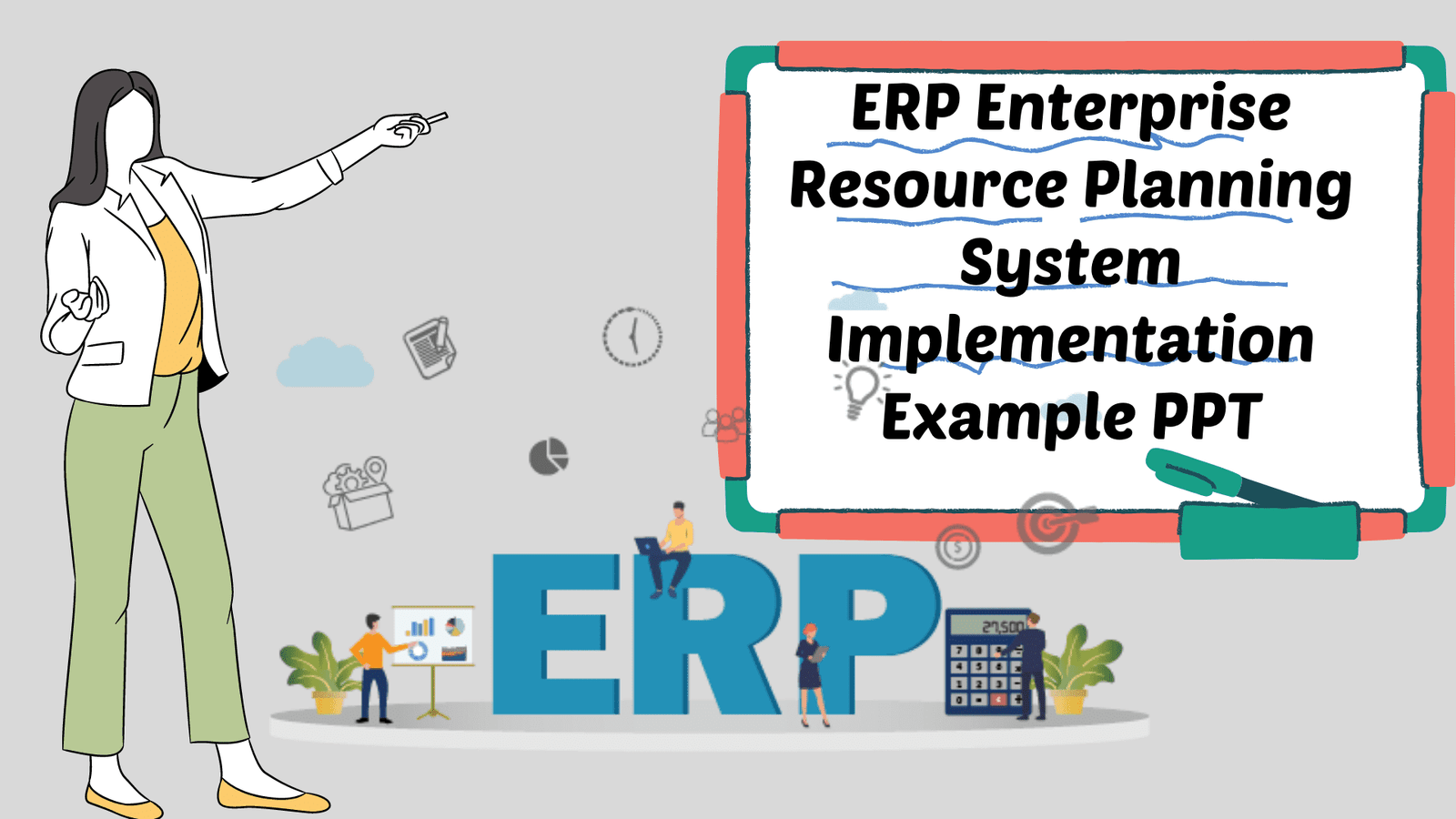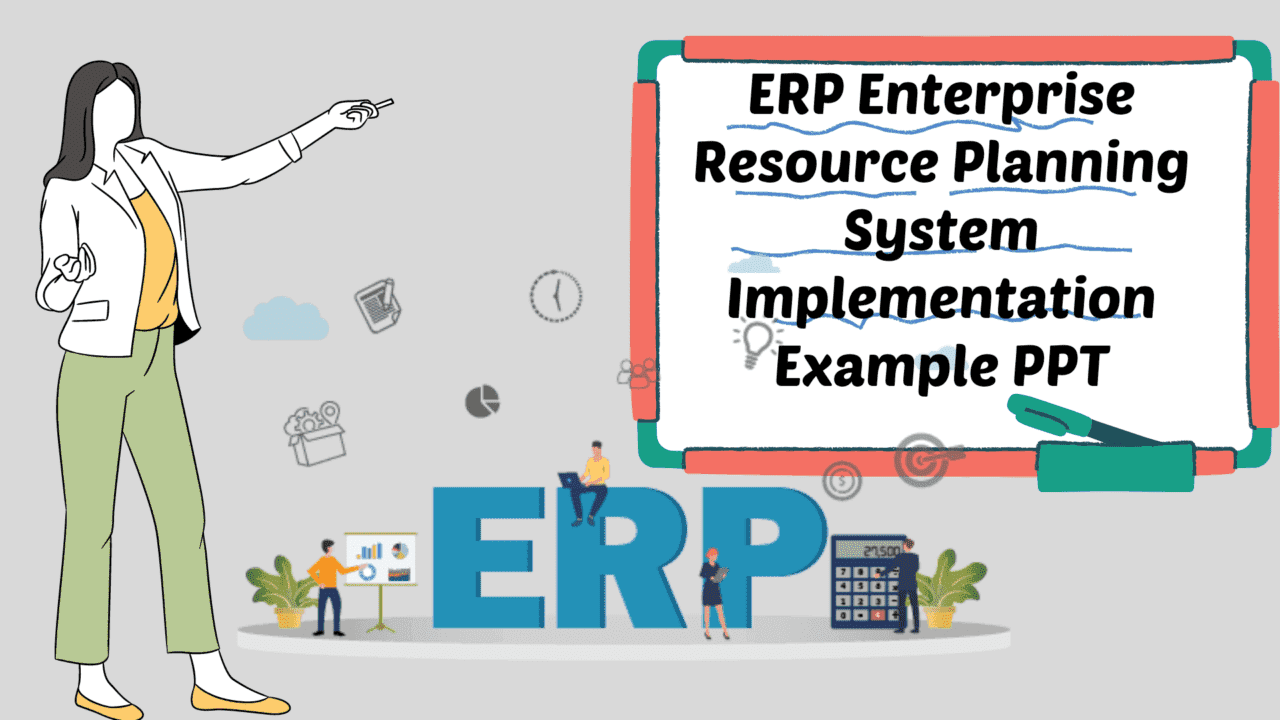An Internet Service Provider (ISP) is a company or organization that provides users with access to the Internet. ISPs offer various types of internet connections, such as broadband, DSL, cable, or fiber-optic. Allowing individuals and businesses to connect to the internet and access online services.
Understanding the Services Provided by the Internet (ISP)
ISP services typically include internet connectivity, email accounts, web hosting, and sometimes additional features like virtual private networks (VPNs) or cloud storage. ISPs play a crucial role in enabling users to navigate the vast online world and communicate with others across the globe.

Meaning of ISP
An Internet Service Provider (ISP) is a company or organization that provides Internet access to individuals and businesses. ISPs serve as the bridge between users and the vast network of interconnected devices and services that make up the Internet.
ISPs offer various types of internet connections, such as broadband, DSL, cable, satellite, or fiber-optic, to cater to different needs and geographic locations. They typically charge a fee for their services, either on a monthly subscription basis or a pay-as-you-go model.
In addition to providing internet connectivity, ISPs often offer additional services like email hosting, web hosting, virtual private networks (VPNs), and other value-added features to enhance the internet experience for their customers.
Users rely on ISPs to establish a reliable and secure connection to access websites, send and receive emails, stream media, participate in online gaming, and perform various online activities. ISPs are an essential component of the Internet ecosystem. Facilitating global communication and enabling access to a wealth of information and services.
Definition of ISP
An Internet Service Provider (ISP) is a company or organization that provides individuals and businesses with access to the Internet. ISPs essentially act as intermediaries that enable users to connect to the global network of computers and access various online services and resources.
They offer different types of internet connections, such as broadband, DSL, cable, or fiber-optic. Each with its speed and availability depending on the geographical location. ISPs also often offer additional services like email accounts, web hosting, and virtual private networks (VPNs) to enhance the internet experience for their customers. Overall, ISPs play a vital role in connecting users to the digital world and enabling online communication, information sharing, and entertainment.
5 services provided by the internet
The Internet provides a wide range of services to users. Here are five common services provided by the Internet:
- Communication: The Internet enables various forms of communication, such as email, instant messaging, video conferencing, and social media platforms. These services allow individuals and businesses to connect and interact with others across the globe in real-time.
- Information Access: The internet serves as a vast source of information, providing access to websites, online databases, libraries, and search engines. Users can find information on a wide range of topics, including news, research, educational resources, and entertainment.
- E-commerce: The internet has transformed the way we shop and conduct business. E-commerce platforms allow users to purchase products and services online, from clothing and electronics to travel bookings and digital downloads. Online payment systems facilitate secure transactions, making them convenient for businesses and consumers alike.
- Entertainment: The Internet offers various forms of entertainment, including streaming services for movies, TV shows, and music. Users can also access online gaming platforms, virtual reality experiences, and multimedia content like podcasts and videos. Social media platforms provide a space for users to share and discover content, connect with others, and participate in online communities.
- Cloud Computing: Cloud computing services provide storage, computing power, and software applications over the internet. Users can store and access their data remotely, collaborate on documents in real-time, and utilize software and services without the need for extensive local hardware or infrastructure.
These are just a few examples of the many services provided by the Internet. The internet’s versatility and accessibility have revolutionized the way we communicate, access information, conduct business, and entertain ourselves.
Purpose of Internet Service Providers (ISPs)
The primary purpose of Internet Service Providers (ISPs) is to provide individuals and businesses with access to the Internet. ISPs serve as the bridge between users and the vast network of computers and servers that make up the Internet. By offering various types of Internet connections, such as broadband, DSL, cable, or fiber-optic. ISPs enable users to connect to the Internet and access online services, websites, and resources.
ISPs not only provide internet connectivity but also offer additional services. Such as email accounts, web hosting, and virtual private networks (VPNs). These services enhance the internet experience by allowing users to send and receive emails, host websites, and establish. Secure connections to protect their online activities.
The purpose of ISPs is to enable individuals and businesses to navigate the digital world. Communicate with others across the globe, access information, and utilize online services efficiently. They play a crucial role in connecting users to the Internet and facilitating their online interactions and experiences.
Who are Tier 1 Internet Service Providers?
Tier 1 Internet Service Providers (ISPs) are the highest level of ISPs in the Internet ecosystem. They have vast, global networks and infrastructure that allow them to connect directly to the Internet backbone. Which consists of high-capacity fiber-optic cables and routing equipment.
Unlike lower-tier ISPs, Tier 1 ISPs do not need to pay for Internet transit services or rely on other ISPs to transmit data across the Internet. They have extensive peering arrangements with other Tier 1 ISPs. Which means they exchange traffic directly with one another without monetary compensation.
This direct peering allows Tier 1 ISPs to provide faster and more efficient Internet connections for their customers. It reduces the number of network hops data has to take, resulting in lower latency and improved performance.
Examples of Tier 1 ISPs include AT&T, Verizon, Level 3 Communications, GTT Communications, and NTT Communications. Their expansive networks span multiple continents and play a critical role in maintaining the global Internet infrastructure. Tier 1 ISPs are responsible for maintaining high-speed and reliable Internet connectivity worldwide. Ensuring that users can access websites, services, and content seamlessly across the globe.
Example of an Internet Service Provider
One example of an Internet Service Provider (ISP) is Comcast Xfinity. Comcast Xfinity is a leading ISP in the United States, providing millions of customers with high-speed internet access. They offer a variety of internet plans, including fiber-optic, cable, and broadband connections, to cater to different user needs. In addition to internet connectivity, Comcast Xfinity also offers services like email accounts. Wi-Fi hotspots, and optional add-ons such as TV and home phone services. With its reliable network infrastructure and extensive coverage, Comcast Xfinity ensures a seamless online experience for its customers.
ISP is the same as a WiFi provider
An internet service provider (ISP) is not the same as a WiFi provider. Although there can be overlap in their services.
An ISP refers to a company or organization that provides users with access to the internet. ISPs offer various types of internet connections, such as broadband, DSL, cable, or fiber-optic. Allowing individuals and businesses to connect to the internet and access online services.
On the other hand, a WiFi provider typically refers to a company or service that offers wireless internet connectivity within a specific location or area. WiFi providers set up WiFi networks and facilities that allow users to connect their devices. Such as smartphones, tablets, or laptops, to the internet wirelessly.
While ISPs often offer WiFi connectivity as part of their services. WiFi providers focus specifically on wireless internet access within a limited range of premises. Such as homes, offices, cafes, or public spaces. WiFi providers may partner with ISPs to provide internet connectivity through their wireless networks.
ISPs provide internet connectivity through various types of connections. While WiFi providers focus on delivering wireless internet access within specific locations.
Pros and Cons of Internet Service Provider (ISP)
Here are explain pros and cons of ISP;
Pros of Internet Service Providers (ISPs):
- Internet Connectivity: ISPs provide individuals and businesses with reliable and high-speed internet connections, allowing them to access online services, websites, and resources.
- Email Accounts: ISPs often offer email accounts as part of their services. Enabling users to send and receive emails and communicate electronically.
- Web Hosting: Many ISPs provide web hosting services, allowing individuals and businesses to create and host their websites.
- Additional Services: ISPs may offer additional features like virtual private networks (VPNs), cloud storage, and security software to enhance the internet experience and protect users’ online activities.
- Technical Support: ISPs typically provide technical support to their customers, assisting them with any internet-related issues or concerns they may encounter.
- Choice of Connection Types: ISPs offer various types of internet connections, including broadband, DSL, cable, or fiber-optic, allowing users to choose the connection that best suits their needs and location.
Cons of Internet Service Providers (ISPs):
- Service Outages: ISPs may experience occasional service outages or disruptions, which can temporarily interrupt internet connectivity and access.
- Data Caps and Bandwidth Limitations: Some ISPs impose data caps or bandwidth limitations. Which can restrict the amount of data users can consume within a specific timeframe.
- Speed Variations: Internet speeds may vary depending on the type of connection and the geographical location, with some areas having limited access to high-speed internet.
- Dependence on Infrastructure: ISPs rely on physical infrastructure, such as cables and network equipment. Which can be susceptible to damage, natural disasters, or technical issues, leading to potential service disruptions.
- Privacy Concerns: Users’ online activities and personal information may be subject to monitoring or data collection by ISPs, raising privacy concerns.
- Limited Competition: In some areas, there may be limited competition among ISPs, resulting in fewer choices for consumers and potentially higher prices.
Despite these potential drawbacks, ISPs play a crucial role in connecting users to the Internet and enabling online communication, information access, and digital experiences.
Bottom line
An Internet Service Provider (ISP) is a company or organization that provides users with access to the Internet. They offer different types of connections like broadband, DSL, cable, or fiber-optic to connect individuals and businesses to the Internet. ISPs also provide additional services like email accounts, web hosting, and virtual private networks (VPNs) to enhance the internet experience. Tier 1 ISPs are the highest level of ISPs with global networks and direct connections to the Internet backbone. An example of an ISP is Comcast Xfinity. ISPs are not the same as WiFi providers, although there can be overlap in their services.














